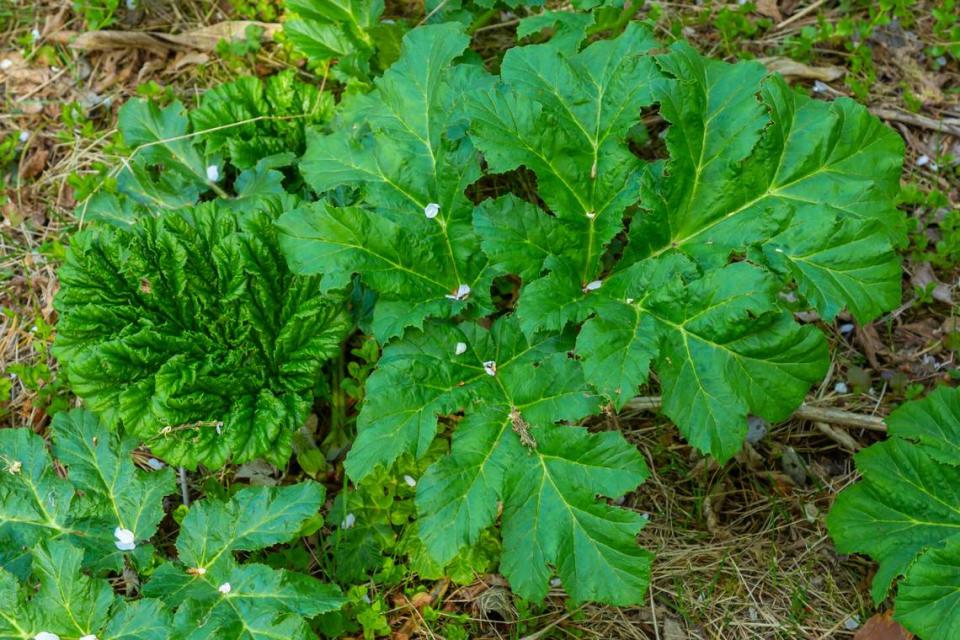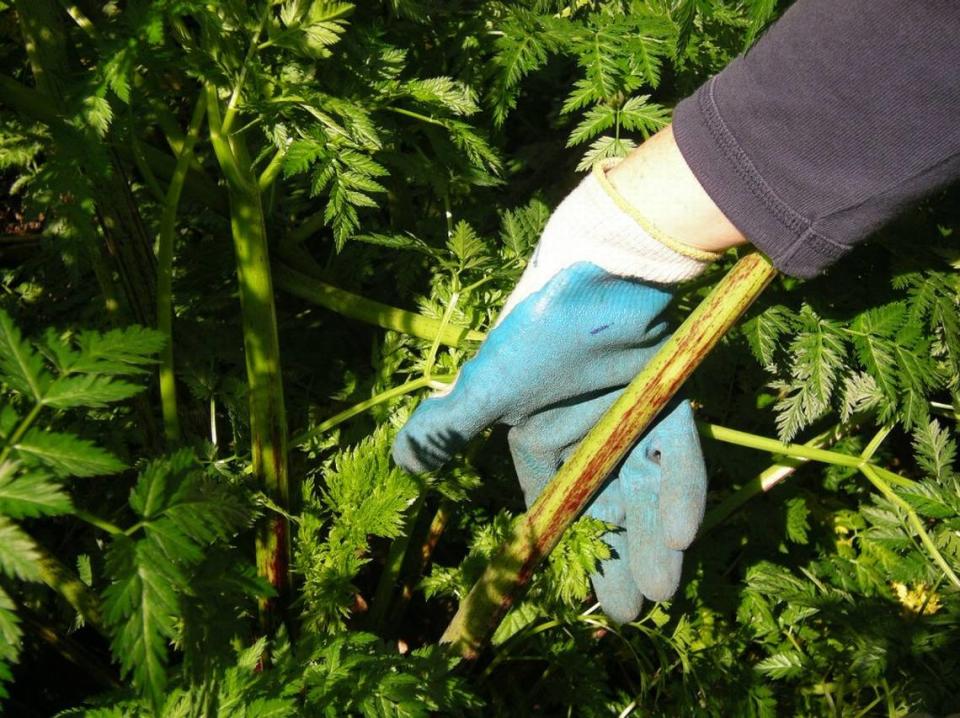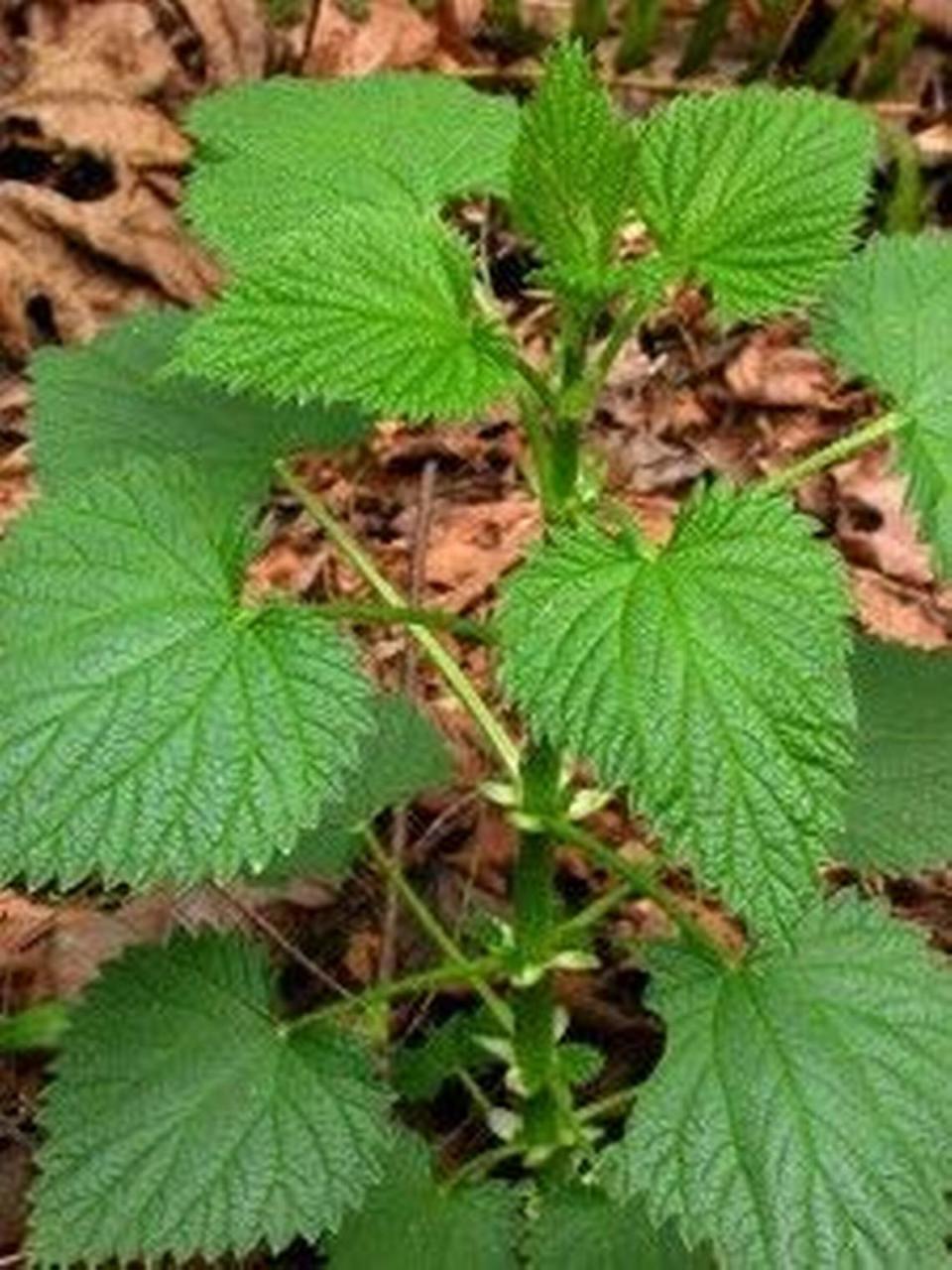These plants bloom in eastern Washington over spring. They’re also toxic to your pets
The sun is out, Washington, and you could even say that spring has sprung. Temperatures are rising, plants are blooming and Tri-Citians are back hiking Badger Mountain regularly.
Spring is the season of changes. This includes the return of many plants, including some that can be dangerous to household pets. It’s important to keep an eye on your animals while they’re outside, to prevent exposure to toxic plants.
“Spring brings vibrant flowers and new growth, but it’s important to remember that not all plants are pet-friendly,” Dr. Amanda Thomer, medical director at Veterinary Specialty Center of Seattle, said in a press release. “If you have pets, please be mindful of the plants you bring into your home or plant in the yard. Pets are naturally curious and may nibble on them. Depending on the plant they ingest, effects could range from mild stomach upset to organ failure or even death.”

What toxic plants should you look out for in eastern Washington? Here are some you’ll find in the next few months.
Toxic plants in eastern Washington

The Washington State Department of Transportation has a guide to poisonous plants found in the state. The plants in the guide that bloom in spring and are harmful to animals include:

There are some common signs that indicate your pet has ingested a toxic plant, though they’ll vary by plant. This can include:
Swelling
Intense itching
Pawing at the mouth
Vomiting
Labored breathing
Muscle twitching
Incoordination, lethargy
Redness of the skin
Diarrhea
Nervousness/agitation
High body temperature
Tremors, convulsions
Lack of reflexes
Drooling
Dehydration
Irregular heartbeat
Handling pet poisoning
Get veterinary care as soon as possible. The earlier the response, the better the outlook. This is why it’s especially important to keep an eye on your pets when they’re outside, and to know the plants in your yard.
“If you wait until your pet begins to act ill, organ damage may have already occurred,” Thomer said in the press release. “Early decontamination and treatment can prevent the most life-threatening complications.”
When you notice the signs or suspect a poisonous plant has been ingested, call your local veterinarian. It may also help to call the poison control hotline, which is always available at 800-222-1222.

